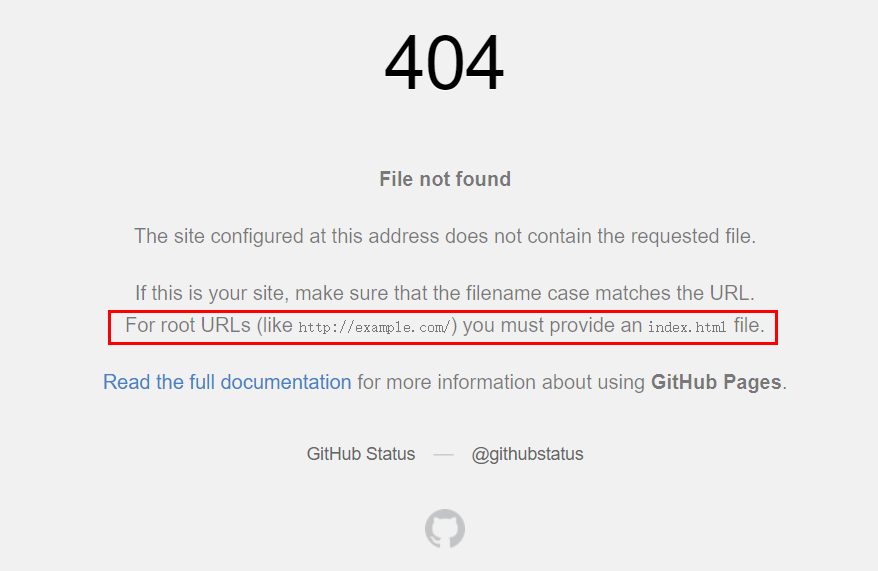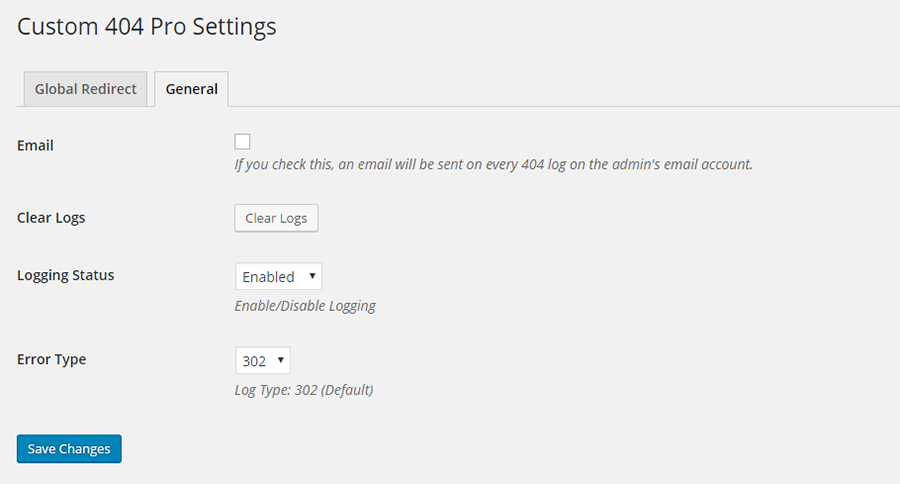

If it sees something that looks like a directory in the URL after the expected then it will assume that you have some folder e.g. The problem occurs because of how GitHub Pages serves files. If this is your site, make sure that the filename case matches the URL.įor root URLs (like ) you must provide an index.html file. The site configured at this address does not contain the requested file. But if we try to access this URL directly we will be faced with the following page. We can nicely go to this page using the navigation in the website or when we run the project locally. Then we might have an URL like the following:

If we have some Blazor WASM page that is hosted on GitHub Pages that uses routing meaning that it has more than one page. GitHub Pages is not configured to support SPA (Single Page Application) routing out of the box, but we can make some changes to our project to make it work.įirst, we need to see when the problem occurs. We can't do this when using static file hosts. Previously we have often used the IIS to host our websites and managed routing and error handling through the web.config file.
404 github pages how to#
In this article, we will look at the 404 error that often occurs when accessing a route directly on a GitHub Pages hosted Blazor WASM page and how to fix it. A problem with this is that routing is handled in many different ways on different hosts. One of the nice things about Blazor WASM is that it can be hosted by any static file host. The project structure of a Blazor WASM project is in some places very different than other frontend frameworks in the.
404 github pages professional#
This small but thoughtful touch can contribute to a more professional and user-friendly GitHub Pages website.Written by Kristoffer Strube, April 06, 2021 By following the steps outlined in this article, you can easily create and deploy a custom 404 page that aligns with your site's design and content. You should now see your custom 404 page displayed.Ĭreating a custom 404 page on GitHub Pages enhances the user experience by providing helpful information and navigation options when visitors encounter an error.Try accessing a non-existent page, such as.Open a web browser and navigate to your GitHub Pages website (usually.

Wait a few minutes for GitHub Pages to update.In the "Source" dropdown, select the branch containing your custom 404 page (e.g., main).Scroll down to the "GitHub Pages" section.In your GitHub repository, navigate to the "Settings" tab.Push the changes to your GitHub repository.Commit the changes to your preferred branch (usually main or master).Add a commit message describing the changes you made (e.g., "Added custom 404 page").nojekyll file in the repository root to prevent Jekyll processing. Upload your 404.html file and any associated CSS files or assets.Click on the "Add file" button and choose "Upload files.".Open your GitHub repository on the GitHub website.

Step 2: Upload Files to Your GitHub Repository


 0 kommentar(er)
0 kommentar(er)
